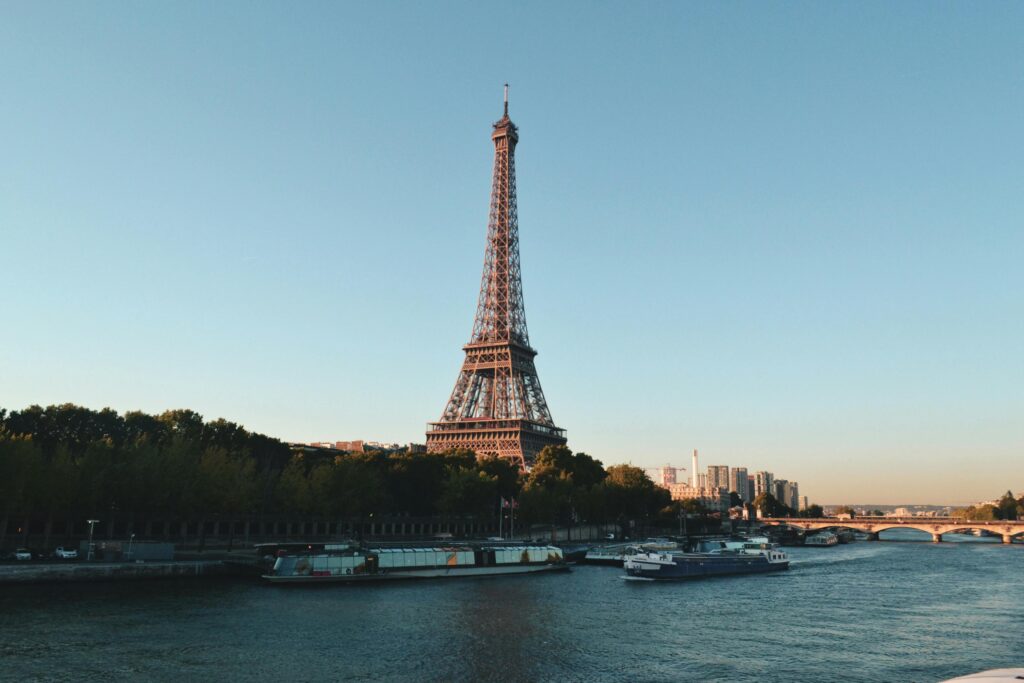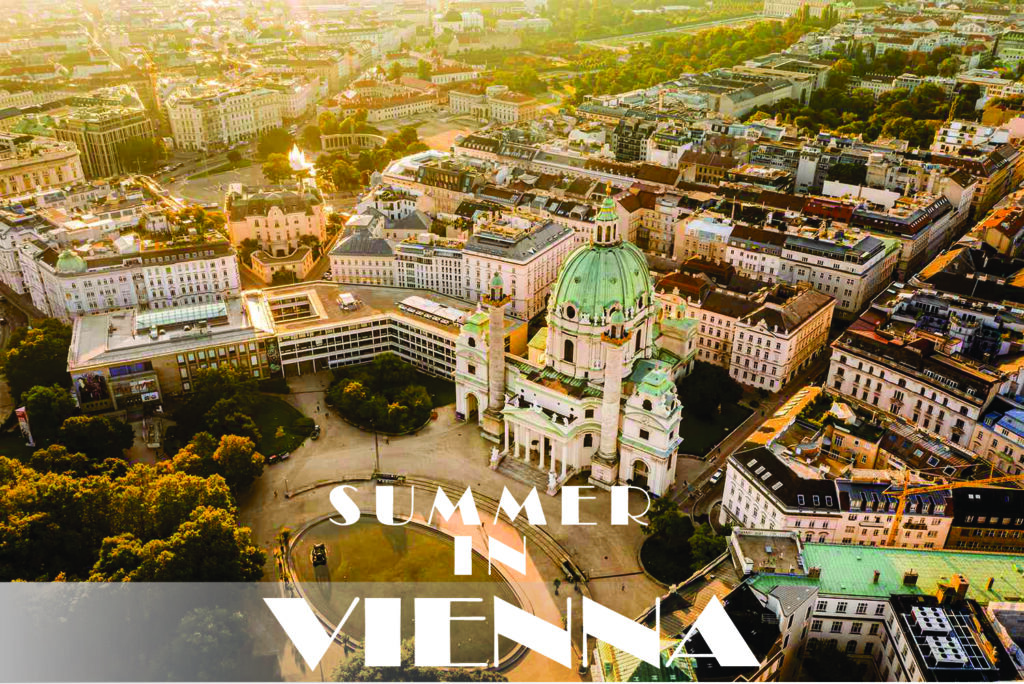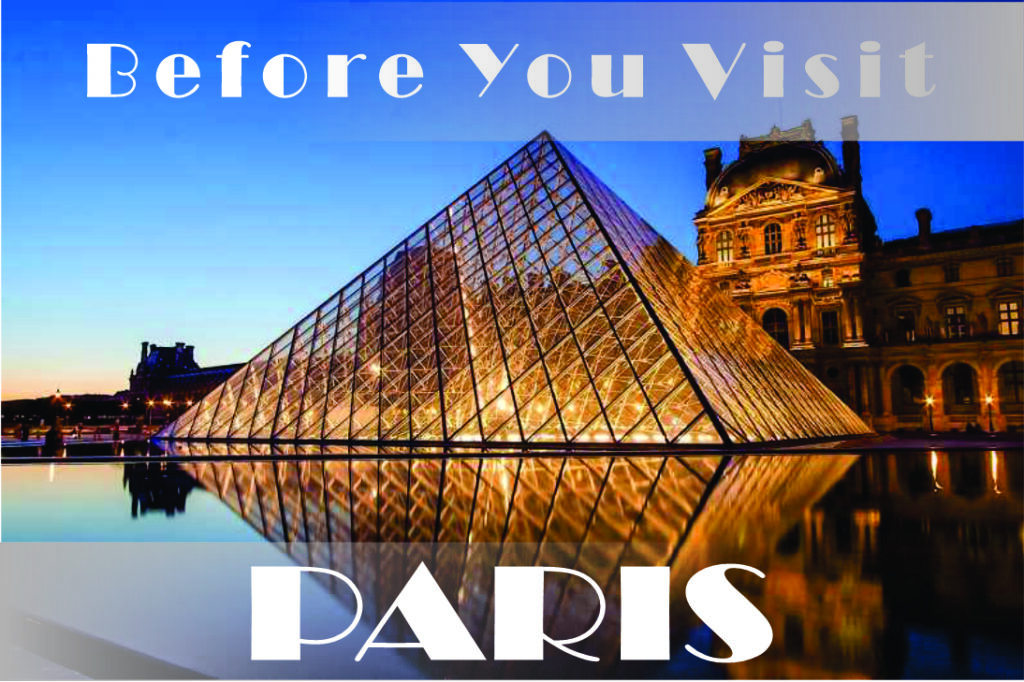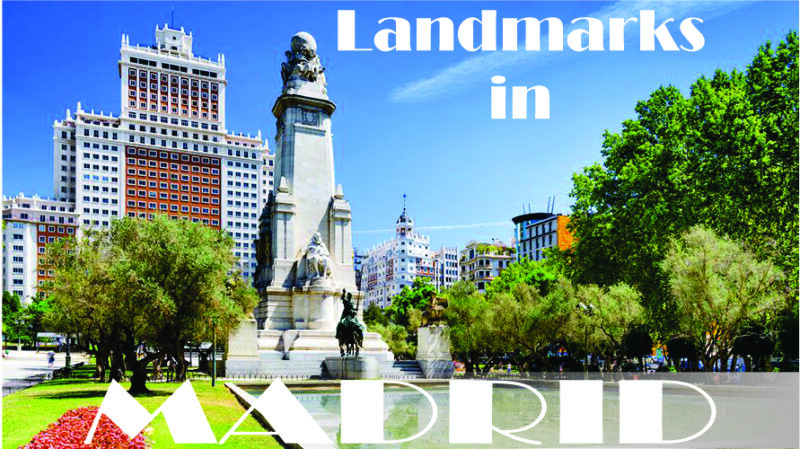|
Getting your Trinity Audio player ready...
|
Monaco on the French Riviera is a treasure with amazing historical buildings. Every site tells a different story. Monaco’s architecture, including royal palaces and peaceful churches, enthralls visitors.
As you tour these sites, you can enjoy the rich past. This guide on the 12 Historical Buildings in Monaco highlights the sites you really must see whenever you have the opportunity to visit the Principality of Monaco.
Discover the splendor of the Oceanographic Museum, Palais du Prince, and more. These landmarks promise an incredible journey across time. Are you about to explore Monaco’s historical buildings? Let’s now begin.
Contents at a Glance
- 1 1. Oceanographic Museum
- 2 2. Hotel de Paris
- 3 3. Casino Square
- 4 4. Palais du Prince
- 5 5. Palais Princier de Monaco
- 6 6. Opéra de Monte-Carlo
- 7 7. Cathedrale Notre-Dame-Immaculee
- 8 8. Saint Charles Church
- 9 9. Palace of Justice
- 10 10. Chapelle Sainte Dévote
- 11 11. Palace Guards
- 12 12. St Paul’s Anglican Church, Monte-Carlo
- 13 Frequently Asked Questions
- 14 Conclusion – Tourist Attractions: 12 Historical Buildings in Monaco
1. Oceanographic Museum
Prince Albert I founded the Oceanographic Museum in 1910. This museum reflects Monaco’s maritime past. Perched on a cliff, its large façade shows remarkable architectural details. Within are a range of aquatic exhibits including rare marine life and vibrant coral reefs.
The museum also has interactive displays and tools for historical research. One highlight is the rooftop patio with breathtaking Mediterranean views. In the capital of Monaco, a visit to the Oceanographic Museum is like going to an underwater planet.
2. Hotel de Paris
The Hotel de Paris, located in Monaco, is one of the finest wonderworks of architecture and luxury.
This institution was established in 1864 by Prince Charles III, and today it is renowned for being an institution for society’s elite.
The exterior design of the hotel is highly impressive and stunning with good ornamentation, concrete work, and iron balconettes. This historical hotel has been accommodating celebrities, monarchs, and officials, making it more of a glamorous hotel.
Luxurious rooms and suites are available in the Hotel de Paris, and all of them are decorated with fine materials. Eating out is one of the pleasures at many celebrated restaurants, such as Le Louis XV – Alain Ducasse, which has three Michelin stars.
The hotel offers guests the Wine Cellar, among the largest facilities of its kind in the world and holding thousands of unique and famous brands of wine. The Hotel de Paris is not just a place to spend a night or a day and visit; it is an experience of history and luxury.
This impressive hotel remains a true representation of the classic image of Monaco, and anyone who visits this country should not miss a chance to visit this hotel.
3. Casino Square
The vibrant core of Monte Carlo, Casino Square, throbs with elegance and history. From its creation in the middle of the 1800s, it has functioned as a playground for rich and well-known individuals.
The famed Casino de Monte-Carlo, known for its beautiful design and fascinating gaming rooms, is situated here. Luxurious hotels and sophisticated cafés surround the neighbourhood, making it the perfect site to people-watch.
You could admire the supercars parked nearby or take a leisurely walk around the beautifully kept gardens. Casino Square embodies the beauty and charm of Monaco and is more than merely a spot to wager.
4. Palais du Prince
Since the thirteenth century, the Grimaldi family has resided in Monaco’s royal house, the Palais du Prince. This majestic house combines ancient defenses with Renaissance beauty. Tours of the state apartments, which include frescoes and antique furniture, are available.
Grand chandeliers and opulent furniture in the throne room make it an absolute must-see. The palace also offers broad panoramic views of the ocean and the city.
See the guard change—a daily ritual steeped in custom. The Palais du Prince is not something lovers of history or monarchy should miss.
5. Palais Princier de Monaco
Palais Princier de Monaco, often known as The Prince’s Palace, reflects Monaco’s remarkable heritage. Having origins going back to 1191, it has taken centuries to become a grand house.
Renaissance and medieval aspects of architecture abound throughout the palace. Discover the state apartments inside, with their exquisite artwork and furnishings. Apart from the royal residence, the palace functions as a historical museum.
Two of the highlights are the Palatine Chapel and the Hall of Mirrors. The Palais Princier de Monaco offers a remarkable tour of Monaco’s royal heritage.
You may also like: 7 Historical Architectural Attractions in Estonia
6. Opéra de Monte-Carlo
Prince Charles III made in 1879 the Opéra de Monte-Carlo, which personifies Monaco’s cultural legacy. Designed by Charles Garnier, it boasts magnificent Beaux-Arts architecture with minute decorations.
With high ceilings, big chandeliers, and décor in tones of crimson and gold, the inside is breathtaking. This opera theatre hosts world-class events, including ballet and opera, attracting well-known artists as well as viewers.
Salle Garnier, its main auditorium, presents great acoustics in a small space. Seeing the Opéra de Monte-Carlo will help one appreciate Monaco’s architectural genius and creative inventiveness.
7. Cathedrale Notre-Dame-Immaculee
Constructed in 1875, the Monaco Cathedral was formally known as the Cathedrale Notre-Dame-Immaculee. This Roman-Byzantine church is a spiritual and historical monument.
One is in awe of the white marble altar inside and the Episcopal throne, fashioned of Carrara marble. Among the princes of Monaco whose tombs are found in the cathedral are Prince Rainier III and Princess Grace.
Here are different significant religious events, including National Day Mass. The Cathedrale Notre-Dame-Immaculatee best illustrates Monaco’s amazing architecture and rich religious tradition.
8. Saint Charles Church
The Roman Catholic Church, also known as Saint Charles Church was built in Monte Carlo in 1883.
Its construction features a neo-gothic architectural style with a curtain and a tall, structured bell tower. From the inside, you will be able to find good stained glass windows and a beautifully carved-out altar.
It is the religious building where local communities find spiritual and religious practice. However, it also serve as a venue for most super events in Monaco. It is calm and conducive to contemplation, and its awe-inspiring architecture is worth appreciating.
Saint Charles Church still offers its services and plays an important role in the ecclesiastical and cultural life of Monaco.
9. Palace of Justice
The Palace of Justice was built and commissioned in the year 1930 to showcase Monaco’s state commitment to law and order. This structure was made from local tufa stone. The building gives an impression of firmness and rationality with some sense of style.
The grand staircase and the courtroom embody good kind workmanship. The Court of Appeal of Monaco is a legal structure that serves to forward the interests of the Principality of Monaco in several ways.
Due to its historical and architectural importance, the place has a status as the landmark of Monaco. A tour of the Palace of Justice is always fulfilling for those who like to explore the legal structures and tasty work of Monaccan architects.
You may also like: 13 Best Tourist Sites in Spain
10. Chapelle Sainte Dévote
The Chapelle Saint Dévote also known as Monaco’s patron saint’s chapel was built in the 11th century. Being a religious place of worship it is of great social and historical significance to this region.
Every year, there is a celebration of the Sainte Dévote on the 27th of January, where the locals burn a boat in the traditional manner. There is clear order and neatness in the chapel, and the exquisite works on the altar and the stained glasses inspire the spirit of prayer.
It occupies a territory in a beautiful valley; however, it is situated in the noisy country of Monaco. Chapelle Sainte Dévote is one of the most outstanding examples of the principality’s religious and historical background.
11. Palace Guards
The Palace Guards or the Carabiniers du Prince are the guards who guard the royal family of Monaco right from the 19th century. These guards are very vital in ceremonial functions and security.
Another shifting process is the changing of guard which takes place at around 11:55 AM. This group is usually dressed in blue and white outfits and dances to perfection and with dignity.
Official visits, gala performances, weddings, state banquets and other ceremonious occasions reflect Monégasque royal ancestry and the spirit of the principality.
Notably, the performance of Watching the Palace Guards provides the audiences with an insight into the principality’s ceremonial tradition.
12. St Paul’s Anglican Church, Monte-Carlo
Monte Carlo is also home to the St Paul’s Anglican Church which was founded in 1925 to cater for Anglican followers.
The relatively early Gothic Revival construction gives it a facelift with a beautiful stone frontage and a high steeple.
The interior of the church is very stylish, especially the stained-glass windows, the environment in the inside part of the church is welcoming.
St Paul’s has weekly Sunday Worship Services, and music concerts and has open venues for fellowship meetings. It remains one of the sites that signify the spiritual and cultural diversity of Monaco.
The trip to St Paul’s Anglican Church is soothing to the soul and gives an insight into the ethnic diversity of Monaco.
You may also like: 13 Tourist Attractions in Faroe Islands
Frequently Asked Questions
1. Which is the oldest historical building in Monaco?
The oldest historical building is the Palais du Prince. It was built as early as 13th century.
2. Is the Oceanographic Museum open to tourists throughout the year?
Yes, the Oceanographic Museum is open throughout the year. However, there are certain exhibits that may be available at certain times of the year and may not be available at other times of the year.
3. Does Monaco Cathedral also offer guided tours to its visitors?
Yes. Such tours involves tour guides explaining the background of the building and the architectural design.
Conclusion – Tourist Attractions: 12 Historical Buildings in Monaco
Monaco has many historical buildings that present the historical background and antecedent architecture of the principality.
From the Oceanographic Museum to St Paul’s Anglican Church, every site gives a different view of the Monaco experience.
These landmarks depict beautiful architecture, historic or cultural values, royal ceremonial or religious practices, etc. Exploring them will give you an insight into the history of Monaco and why it is so popular.
Visiting attractions such as the Palais du Prince or the Chapelle Sainte Dévote would leave a lasting impression. Monaco’s historical buildings are not only attractions that people can visit, but they are passages to great history.





















Very nice post. I just stumbled upon your blog and wished to say that I have truly enjoyed surfing around your blog posts. In any case I’ll be subscribing to your feed and I hope you write again soon!